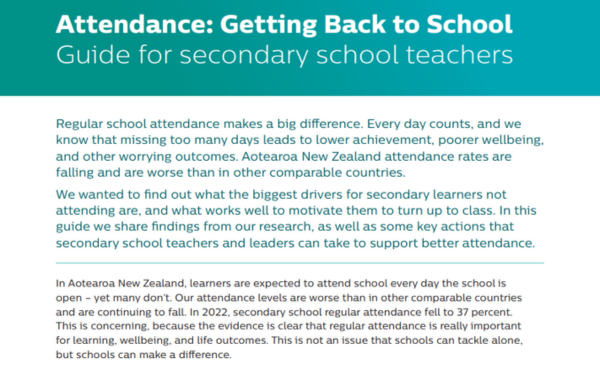ERO did a deep dive into the national and international research about the impact of attendance. The evidence is very clear that attendance is a key driver of learners’ achievement, their wellbeing, and their lifelong outcomes.
Attendance affects achievement
The evidence shows that attendance is directly related to how well learners achieve. The more learners attend, the higher their achievement, and the more NCEA credits they gain. There is no safe level of non-attendance – even missing just two days a term is linked to lower achievement. Missing school leads to lost opportunities to learn, which impacts on achievement, even if learners have good engagement.
Figure 1: Overall relationship between attendance rate and attainment
Source: Ministry of Education
This is an issue that all schools face but for learners in lower decile schools, non-attendance is linked to a greater risk of not achieving national qualifications.
The impact of missing school continues to build over time as learners fall further behind their peers.
Attendance affects wellbeing
Going to school is important for learners’ wellbeing. The research shows that more frequent non‑attendance is associated with worse wellbeing outcomes, including schoolwork-related anxiety, decreased sense of belonging, fewer friendships with peers, exposure to bullying, and feeling like teachers are being unfair. The relationship between attendance and wellbeing works both ways: poor wellbeing leads to poor attendance, and poor attendance leads to poor wellbeing.






